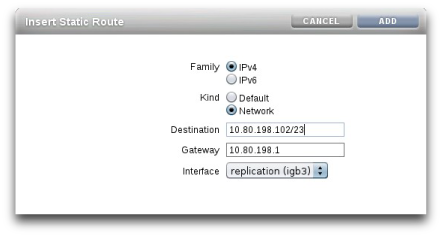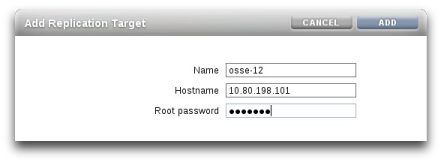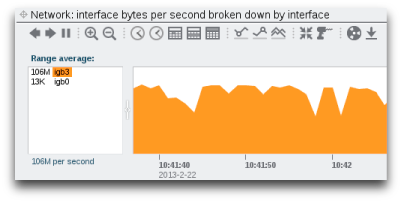| Skip Navigation Links | |
| Exit Print View | |

|
Oracle® ZFS Storage Appliance Administration Guide |
Chapter 1 Oracle ZFS Storage Appliance Overview
Chapter 3 Initial Configuration
Chapter 4 Network Configuration
Chapter 5 Storage Configuration
Chapter 6 Storage Area Network Configuration
Chapter 8 Setting ZFSSA Preferences
Chapter 10 Cluster Configuration
Chapter 12 Shares, Projects, and Schema
Project Replication Actions and Packages
Project Replication Storage Pools
Project-level vs. Share-level Replication
Configuring Project Replication
Creating and Editing Targets in the BUI
Creating and Editing Targets in the CLI
Creating and Editing Actions in the BUI
Creating and Editing Actions in the CLI
Replication Modes: Scheduled or Continuous
Replication - Including Intermediate Snapshots
Replication - Sending and Canceling Updates
Managing Replication Packages in the BUI
Managing Replication Packages in the CLI
Cloning a Package or Individual Shares
Exporting Replicated Filesystems
Reversing the Direction of Replication
Destroying a Replication Package
Reversing Replication - Establish Replication
Reversing Replication - Simulate Recovery from a Disaster
Reversing Replication - Resume Replication from Production System
Forcing Replication to use a Static Route
Cloning a Received Replication Project
Snapshots and Data Consistency
Replicating iSCSI Configuration
Upgrading From 2009.Q3 and Earlier
 add icon.
add icon.

brmv01sn02:> traceroute poc7330-050 traceroute: Warning: Multiple interfaces found; using 10.80.219.124 @ igb0 traceroute to poc7330-050 (10.80.219.117), 30 hops max, 40 byte packets 1 poc7330-050.us.oracle.com (10.80.219.117) 0.446 ms 0.115 ms 0.104 ms
 add icon.
add icon.

